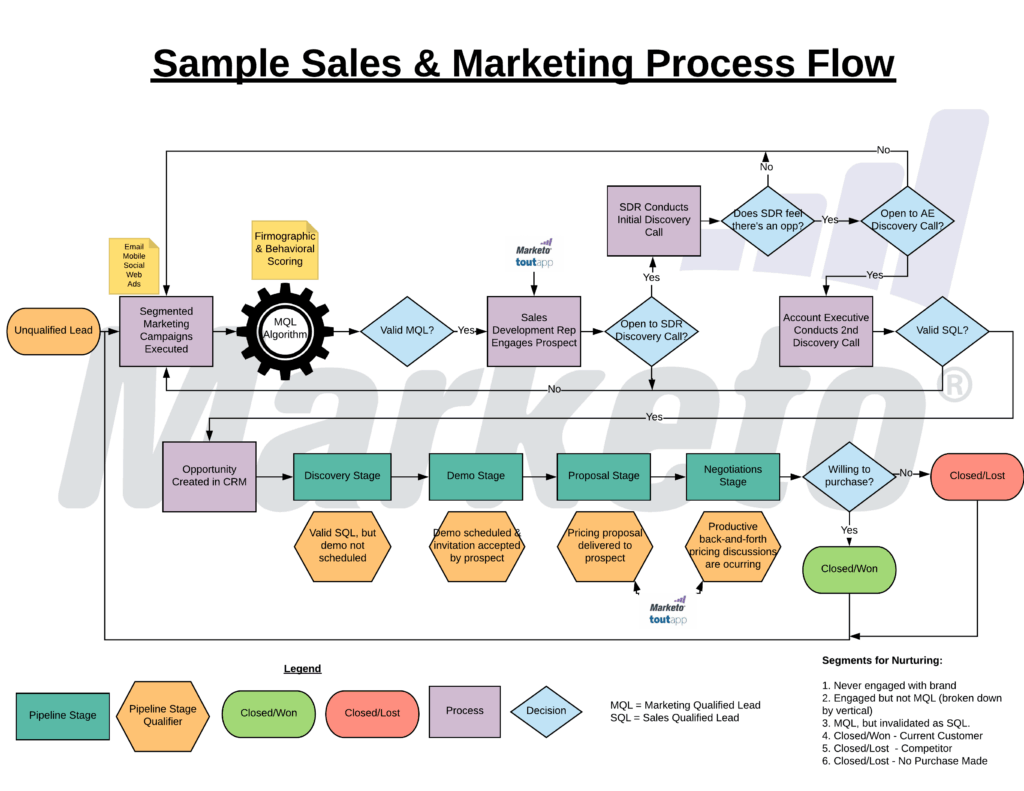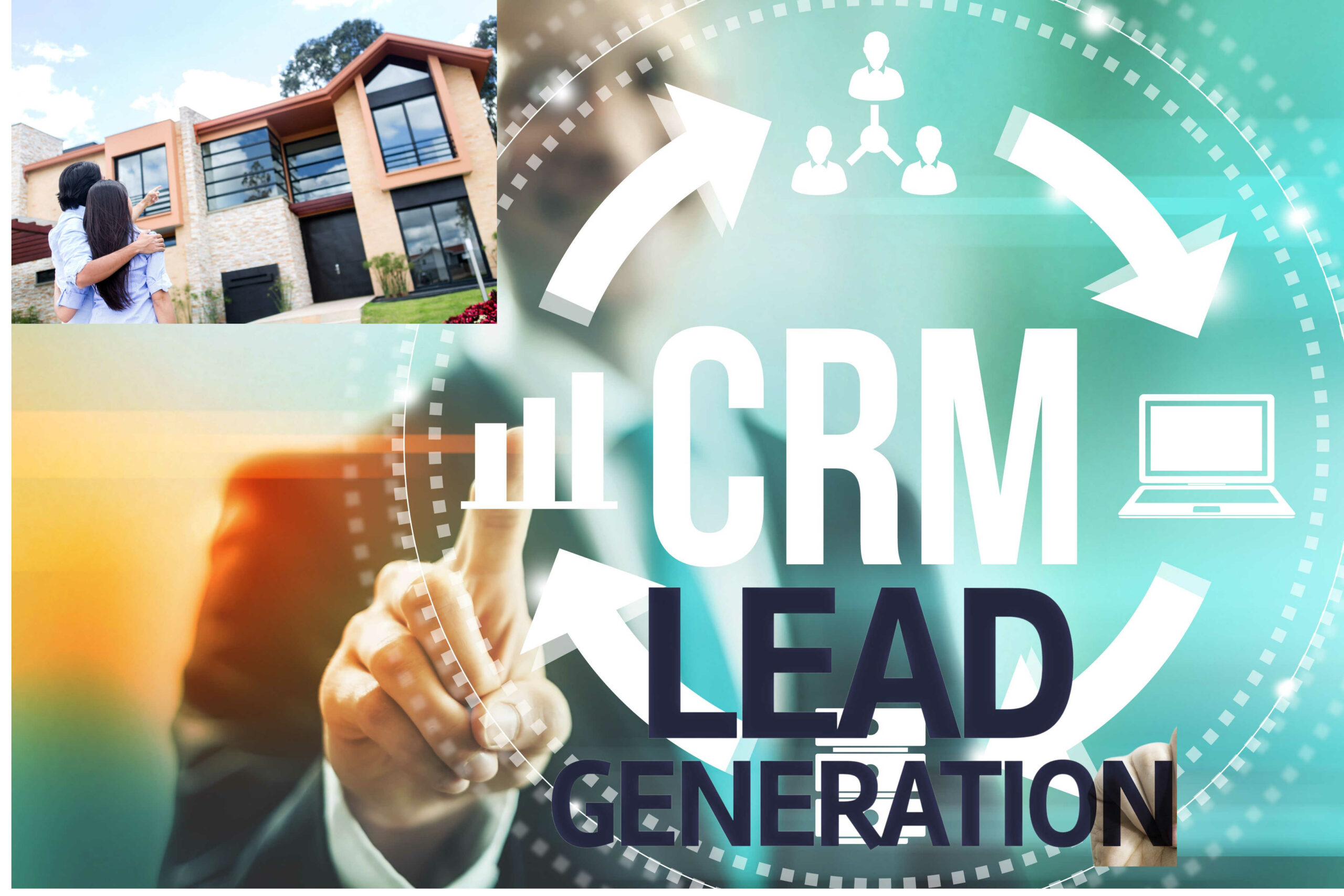
Unlocking the Power of CRM Marketing Workflows
In today’s fast-paced digital landscape, businesses are constantly seeking ways to optimize their operations and enhance customer relationships. One of the most effective strategies for achieving these goals is through the implementation of robust CRM (Customer Relationship Management) marketing workflows. This comprehensive guide will delve into the intricacies of CRM marketing workflows, providing you with the knowledge and tools necessary to automate your marketing efforts, improve customer engagement, and drive significant business growth. We’ll explore what CRM marketing workflows are, why they are crucial, how to design them effectively, and provide practical examples to get you started. Get ready to transform your marketing strategy!
What are CRM Marketing Workflows?
At its core, a CRM marketing workflow is a series of automated steps or actions triggered by specific events or conditions within your CRM system. These workflows are designed to streamline your marketing processes, personalize customer interactions, and nurture leads through the sales funnel. They act as the backbone of your marketing automation efforts, ensuring that the right message reaches the right customer at the right time.
Think of it like a well-oiled machine. When a customer takes a specific action, such as signing up for your newsletter, downloading a resource, or abandoning a shopping cart, the workflow springs into action. It automatically sends targeted emails, updates customer information, and triggers other relevant activities based on predefined rules and criteria. This automation frees up your marketing team’s time, allowing them to focus on more strategic initiatives while ensuring consistent and personalized customer experiences.
Why CRM Marketing Workflows are Crucial for Modern Businesses
In the competitive world of marketing, standing out from the crowd requires more than just a great product or service. It demands a deep understanding of your customers and the ability to engage them effectively at every stage of their journey. CRM marketing workflows provide the foundation for achieving this, offering a multitude of benefits:
- Increased Efficiency: Automate repetitive tasks, such as lead nurturing, email marketing, and data entry, freeing up valuable time for your marketing team to focus on strategic initiatives.
- Improved Customer Engagement: Deliver personalized content and timely interactions, fostering stronger relationships and increasing customer loyalty.
- Enhanced Lead Nurturing: Guide leads through the sales funnel with targeted content and automated follow-up, increasing conversion rates.
- Data-Driven Insights: Track the performance of your workflows and gain valuable insights into customer behavior, allowing you to optimize your strategies and improve results.
- Scalability: Easily scale your marketing efforts as your business grows, without the need to manually manage every interaction.
- Reduced Errors: Minimize the risk of human error by automating processes and ensuring consistency in your messaging.
- Increased ROI: By optimizing your marketing efforts and improving conversion rates, CRM marketing workflows contribute to a higher return on investment.
Key Components of a Successful CRM Marketing Workflow
Designing effective CRM marketing workflows involves understanding the key components that drive their success. Here’s a breakdown of the essential elements:
1. Triggers
Triggers are the events or conditions that initiate a workflow. They act as the starting point for your automated processes. Common triggers include:
- Form submissions: When a customer submits a form on your website.
- Email opens/clicks: When a customer opens or clicks on a link in an email.
- Website visits: When a customer visits a specific page on your website.
- Purchase history: When a customer makes a purchase.
- Date-based triggers: Based on a specific date, such as a birthday or anniversary.
- Lead scoring thresholds: When a lead reaches a certain score based on their behavior.
Choosing the right triggers is crucial for ensuring that your workflows are activated at the appropriate time and for the right audience.
2. Actions
Actions are the specific steps that are executed within a workflow. They define what happens after a trigger is activated. Common actions include:
- Sending emails: Sending automated email messages to customers.
- Updating customer records: Updating customer information within your CRM system.
- Adding/removing tags: Tagging customers based on their behavior or interests.
- Assigning tasks: Assigning tasks to sales representatives or other team members.
- Sending SMS messages: Sending text messages to customers.
- Updating deal stages: Moving a deal through the sales pipeline.
- Creating or updating custom fields: Populating specific data points.
Actions should be carefully selected to align with your marketing goals and customer journey.
3. Conditions
Conditions are rules that determine whether a specific action should be executed. They allow you to personalize your workflows and tailor them to different customer segments. Common conditions include:
- Customer demographics: Based on customer location, age, or other demographic information.
- Purchase history: Based on the products or services a customer has purchased.
- Behavioral data: Based on customer website activity, email engagement, or other interactions.
- Lead scoring: Based on a lead’s score.
Conditions are essential for creating targeted and relevant workflows that resonate with your customers.
4. Delays
Delays allow you to control the timing of your actions. They enable you to space out your communications and ensure that you’re not overwhelming your customers. Delays can be set in minutes, hours, days, or even weeks.
5. Goals
Goals are the desired outcomes of your workflows. They help you measure the success of your campaigns and identify areas for improvement. Common goals include:
- Increased conversions: Driving more customers to make a purchase.
- Improved engagement: Increasing customer interaction with your content.
- Lead qualification: Identifying and qualifying leads.
- Customer retention: Encouraging customers to stay with your business.
Designing Effective CRM Marketing Workflows: A Step-by-Step Guide
Creating successful CRM marketing workflows requires careful planning and execution. Here’s a step-by-step guide to help you get started:
1. Define Your Goals and Objectives
Before you start building any workflows, it’s crucial to define your goals and objectives. What do you want to achieve with your marketing automation efforts? Are you trying to increase sales, improve customer engagement, or nurture leads? Having clear goals will guide your workflow design and help you measure your success.
2. Identify Your Target Audience
Who are you trying to reach with your workflows? Understanding your target audience is essential for creating personalized and relevant content. Segment your audience based on demographics, behavior, and other relevant criteria.
3. Map Out Your Customer Journey
Understand the different stages of your customer journey, from initial awareness to purchase and beyond. Identify the touchpoints where you can engage with your customers and the actions they take at each stage. This will help you design workflows that guide customers through the sales funnel.
4. Choose the Right Triggers
Select the appropriate triggers based on your goals and target audience. Consider the events or conditions that will initiate your workflows and ensure they align with the customer journey.
5. Determine Your Actions
Define the actions that will be executed within your workflows. These actions should be designed to achieve your goals and provide value to your customers. Consider sending emails, updating customer records, or assigning tasks.
6. Set Up Conditions
Use conditions to personalize your workflows and tailor them to different customer segments. This will ensure that your messages are relevant and engaging.
7. Incorporate Delays
Use delays to control the timing of your actions and avoid overwhelming your customers. Space out your communications and give customers time to process your messages.
8. Test and Optimize
Once you’ve built your workflows, test them thoroughly to ensure they are working as expected. Monitor your results and make adjustments as needed. Continuously optimize your workflows to improve their performance and achieve your goals.
Examples of CRM Marketing Workflows
To give you a better understanding of how CRM marketing workflows work in practice, here are some examples:
1. Welcome Series for New Subscribers
Goal: Introduce new subscribers to your brand and encourage engagement.
Trigger: New subscriber signs up for your email list.
Actions:
- Send a welcome email with a personalized greeting and a brief introduction to your brand.
- Offer a special discount or promotion to encourage a first purchase.
- Provide links to valuable resources, such as blog posts, videos, or case studies.
- Set a delay of 3 days.
- Send a follow-up email with a customer testimonial or success story.
2. Lead Nurturing Workflow
Goal: Nurture leads through the sales funnel and convert them into customers.
Trigger: Lead downloads a valuable resource (e.g., ebook, whitepaper).
Actions:
- Send an email with a link to download the resource.
- Add the lead to a specific segment based on their interests.
- Send a series of emails with related content over the next few weeks.
- Score the lead based on their engagement (e.g., email opens, clicks, website visits).
- If the lead reaches a certain score, assign them to a sales representative.
3. Abandoned Cart Recovery Workflow
Goal: Recover abandoned carts and encourage customers to complete their purchases.
Trigger: Customer abandons items in their shopping cart.
Actions:
- Send an email reminding the customer about the items in their cart.
- Offer a discount or free shipping to incentivize the purchase.
- Set a delay of 24 hours.
- Send a follow-up email with a sense of urgency (e.g., “Limited time offer!”).
4. Customer Onboarding Workflow
Goal: Guide new customers through the initial stages of using your product or service.
Trigger: New customer signs up for your product or service.
Actions:
- Send a welcome email with instructions on how to get started.
- Provide links to helpful resources, such as tutorials, FAQs, and support documentation.
- Send a series of emails over the next few weeks with tips and best practices.
- Encourage customers to connect with your support team if they have any questions.
5. Customer Win-Back Workflow
Goal: Re-engage customers who haven’t made a purchase in a while.
Trigger: Customer hasn’t made a purchase in a specified period (e.g., 6 months).
Actions:
- Send an email with a special offer or promotion.
- Remind the customer of the value they received from your product or service.
- Provide links to new products or features.
- Offer a personalized recommendation based on their past purchases.
Choosing the Right CRM System
Selecting the right CRM system is crucial for implementing effective CRM marketing workflows. Consider the following factors when choosing a CRM:
- Features: Ensure the CRM system offers the features you need to create and manage your workflows, such as email marketing, lead scoring, and automation capabilities.
- Integration: Choose a CRM that integrates with your existing marketing tools, such as your website, email marketing platform, and social media channels.
- Ease of Use: Select a CRM that is user-friendly and easy to navigate, even for users with limited technical expertise.
- Scalability: Choose a CRM that can grow with your business and handle increasing volumes of data and customer interactions.
- Pricing: Compare the pricing of different CRM systems and choose one that fits your budget.
- Support: Look for a CRM provider that offers excellent customer support and training resources.
Some popular CRM systems that offer robust marketing automation features include:
- Salesforce
- HubSpot
- Zoho CRM
- Microsoft Dynamics 365
- Pipedrive
Measuring the Success of Your CRM Marketing Workflows
Tracking the performance of your CRM marketing workflows is essential for identifying areas for improvement and ensuring that you are achieving your goals. Here are some key metrics to track:
- Conversion rates: The percentage of leads who convert into customers.
- Click-through rates (CTR): The percentage of customers who click on links in your emails.
- Open rates: The percentage of customers who open your emails.
- Lead generation: The number of new leads generated through your workflows.
- Customer lifetime value (CLTV): The total revenue generated by a customer over their relationship with your business.
- Return on investment (ROI): The profitability of your marketing campaigns.
- Bounce rates: The percentage of emails that are not delivered.
- Unsubscribe rates: The percentage of customers who unsubscribe from your email list.
Use these metrics to evaluate the effectiveness of your workflows and make adjustments as needed. Regularly review your data and identify trends to gain valuable insights into customer behavior and optimize your strategies.
Best Practices for CRM Marketing Workflow Implementation
To maximize the effectiveness of your CRM marketing workflows, consider these best practices:
- Start Small and Iterate: Begin with a few simple workflows and gradually expand your efforts as you gain experience and insights.
- Personalize Your Messaging: Tailor your content to different customer segments and use personalization tokens to address customers by name and reference their past interactions with your brand.
- Test Your Workflows: Before launching your workflows, test them thoroughly to ensure they are working as expected.
- Monitor Your Results: Track your key metrics and analyze your data to identify areas for improvement.
- Optimize Regularly: Continuously optimize your workflows based on your data and insights.
- Keep Your Data Clean: Regularly update your customer data to ensure its accuracy and reliability.
- Align with Sales: Collaborate with your sales team to ensure that your workflows are aligned with their goals and objectives.
- Focus on Customer Value: Provide value to your customers by offering relevant content and helpful resources.
- Stay Compliant: Ensure that your workflows comply with all relevant data privacy regulations, such as GDPR and CCPA.
The Future of CRM Marketing Workflows
As technology continues to evolve, so will the capabilities of CRM marketing workflows. We can expect to see the following trends in the future:
- Increased use of AI and machine learning: AI will be used to automate more complex tasks, personalize customer interactions, and predict customer behavior.
- Greater focus on hyper-personalization: Marketers will be able to create even more personalized experiences by leveraging data from multiple sources.
- More sophisticated segmentation: Businesses will be able to segment their audiences more precisely based on a wider range of criteria.
- Enhanced integration with other marketing channels: CRM systems will integrate seamlessly with other marketing channels, such as social media, live chat, and SMS.
- Greater emphasis on customer journey mapping: Businesses will focus on mapping out the entire customer journey and designing workflows that guide customers through each stage.
Conclusion: Embrace the Power of CRM Marketing Workflows
CRM marketing workflows are a powerful tool for modern businesses looking to optimize their marketing efforts, improve customer engagement, and drive significant growth. By understanding the key components of these workflows, designing them effectively, and implementing best practices, you can create a marketing machine that delivers consistent results. Embrace the power of CRM marketing workflows and take your business to the next level!
By implementing and optimizing CRM marketing workflows, you’ll not only streamline your marketing processes but also foster stronger customer relationships, ultimately driving more sales and achieving sustainable business success. Don’t delay; start planning and building your workflows today!


